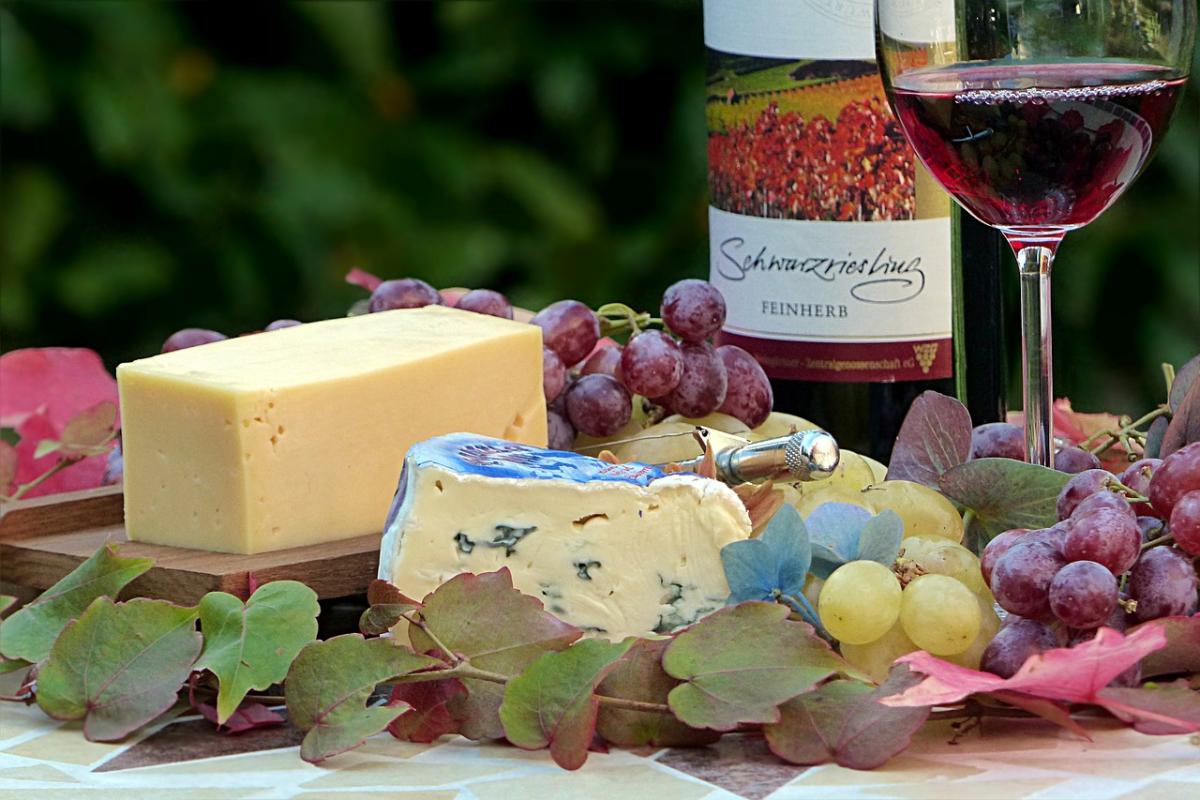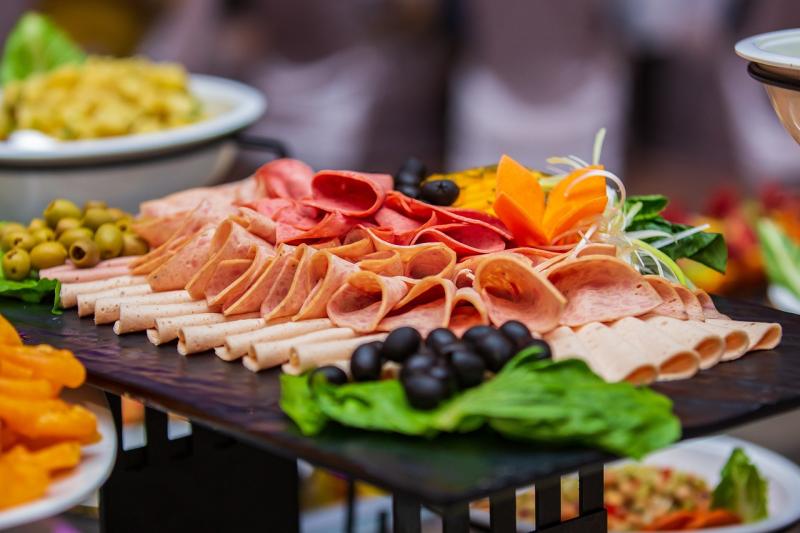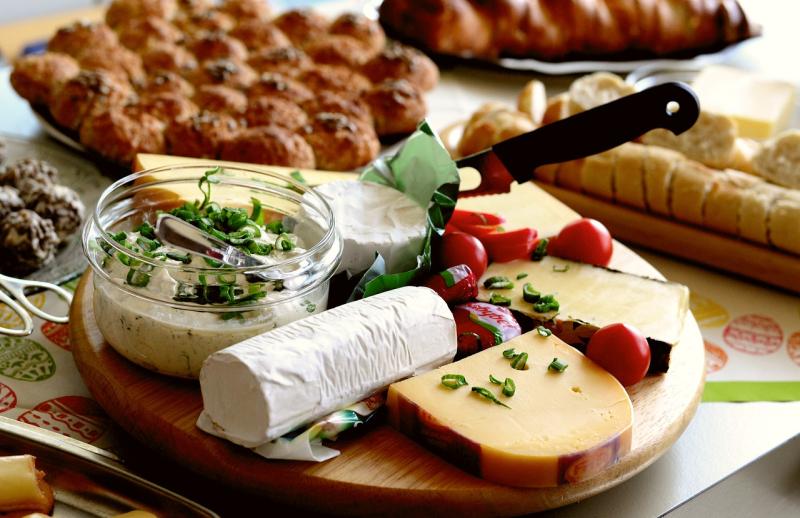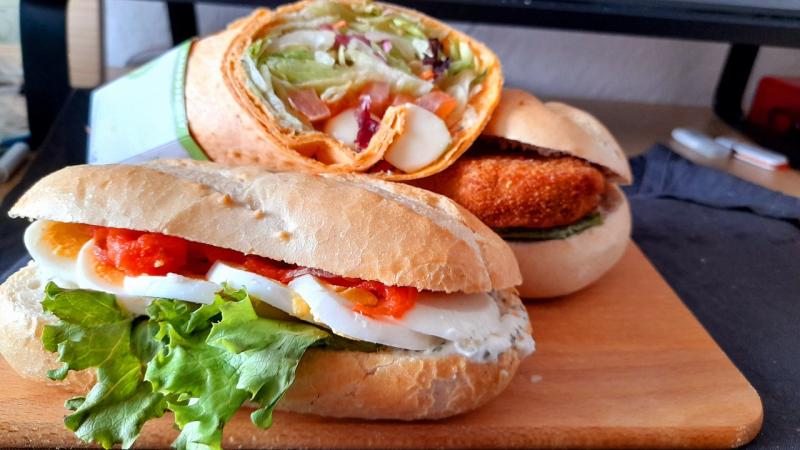When it comes to artisan cheese, the world is a colorful tapestry of flavors, textures, and aromas. Each variety tells a story of its origin, the milk used, and the craftsmanship of the cheesemaker. From creamy bries to sharp cheddars, the diversity of artisan cheeses provides endless opportunities for exploration and enjoyment. Understanding the different types can elevate your tasting experience and enhance your cheese pairing skills.
One of the most popular artisan cheese varieties is Chevre, a soft and tangy goat cheese. Chevre is known for its crumbly texture and bright flavor, making it a perfect match for fresh fruits and honey. Pairing it with a crisp Sauvignon Blanc can create a delightful contrast, enhancing both the cheese and the wine. Another beloved option is Blue Cheese, with its creamy base and distinct bold flavor. Varieties like Roquefort or Gorgonzola can stand up to sweet accompaniments like figs or dark chocolate, creating a surprising balance that excites the palate.
Sharp Cheddar is another favorite among cheese lovers, boasting a rich, complex flavor profile that deepens with age. This cheese pairs beautifully with caramelized onions, apples, or even a hearty red wine. For those who enjoy something a little more unique, Comté offers a nutty and slightly sweet taste, which can be savored alongside a robust beer. The versatility of these cheeses opens up a world of pairing possibilities, inviting you to mix and match to find your perfect combination.
Don’t overlook the significance of Fresh Mozzarella, especially when it's made from buffalo milk. Its light, milky flavor and characteristic stretchiness make it a fantastic choice for salads or as a topping for pizzas. Pair it with a drizzle of olive oil and fresh basil for a classic Italian experience that highlights the cheese's delicate flavor. Exploring these artisan varieties is not just about taste; it’s about savoring the art of cheese-making and the joyful experience it brings to the table.
Understanding Flavor Profiles
Cheeses can generally be categorized into several flavor families. For instance, fresh cheeses like mozzarella and ricotta offer mild, milky flavors, while aged cheeses like cheddar and gouda present bolder, more complex taste profiles. Blue cheeses, such as Roquefort, introduce a sharp, tangy flavor that can stand out in any dish. Understanding these basic categories helps you navigate the vast world of cheese and find pairings that enhance your tasting experience.
Another important aspect of flavor profiles is texture and mouthfeel. Cheeses range from creamy and soft to firm and crumbly. This texture can influence how the flavors are perceived on the palate. For example, a rich, creamy brie can balance the acidity of a crisp apple, while a firmer cheese like Parmigiano-Reggiano might pair better with a robust red wine. Recognizing these elements can elevate your cheese tasting and make it even more enjoyable.
When experimenting with cheese pairings, consider the balance of flavors. Look for harmonious combinations where the cheese and its accompaniments complement each other. A sweet jam can enhance the saltiness of a blue cheese, while nuts can add a nice crunch to smooth cheeses. By understanding these flavor profiles, you can create delightful pairings that will impress your guests and tantalize your taste buds, making every tasting experience unforgettable.
Perfect Wine and Beer Matches
When it comes to enhancing the experience of artisan cheese, the right wine or beer can elevate the tasting to new heights. Each cheese has unique flavors and textures that can be beautifully complemented by specific beverages. Understanding these perfect pairings can make your cheese board truly extraordinary and delight your guests.
For creamy and tangy cheeses, such as Brie or Camembert, a crisp white wine like Chardonnay or a light-bodied beer like a Pilsner works wonders. The acidity of the wine helps to cut through the richness of the cheese, while the refreshing qualities of the beer cleanse the palate, making each bite a pleasurable experience. Pairing these cheeses with a sparkling wine, like Champagne or Prosecco, can also add an exciting effervescence that highlights the cheese’s buttery character.
When dealing with firmer cheeses, such as aged cheddar or gouda, a robust red wine like Cabernet Sauvignon or a malty beer like a brown ale is the way to go. The bold flavors in these drinks match the intensity of the cheese, creating a balanced and satisfying combination. The tannins in the red wine can soften the texture of the cheese, while the caramel notes in the brown ale can enhance the nutty undertones of the gouda.
For blue cheeses, an unconventional approach often yields incredible results. Sweet wines, like Port or Sauternes, provide a delightful contrast to the sharpness of blue cheese, creating a nuanced profile that excites the taste buds. If beer is your preference, try pairing it with a rich stout or a fruity lambic. The sweetness and complexity of these brews help to mellow the bold characteristics of the cheese, resulting in a harmonious match.
Creative Tasting Techniques
Next, introduce aroma into the tasting process. Before taking a bite, bring the cheese close to your nose and inhale deeply. Each cheese has its own bouquet of scents, ranging from earthy and nutty to floral and buttery. By identifying these aromas, you can enrich your tasting experience and prepare your palate for what’s to come. This step is essential, as aroma plays a significant role in how we perceive flavor.
As you begin tasting, try to isolate the flavors by taking small, intentional bites. Allow the cheese to linger on your palate, and give your taste buds time to identify different notes. It might help to use a flavor wheel or note down your thoughts as you taste. Don’t forget to experiment with pairings; the right accompaniment, whether it’s fruit, nuts, or bread, can enhance or complement the cheese’s natural flavors. Consider tasting the cheese both on its own and with a pairing to truly grasp how each element interacts.
Finally, introduce a bit of fun into your cheese tasting gatherings. Create a blind tasting where guests try to guess the type of cheese, or set up different stations with various pairings. This playful approach encourages exploration and can spark conversations about different tastes and preferences. Remember, the goal is not just to enjoy cheese but to celebrate it and share that joy with others. Embracing these creative tasting techniques will make your artisan cheese experience unforgettable.



